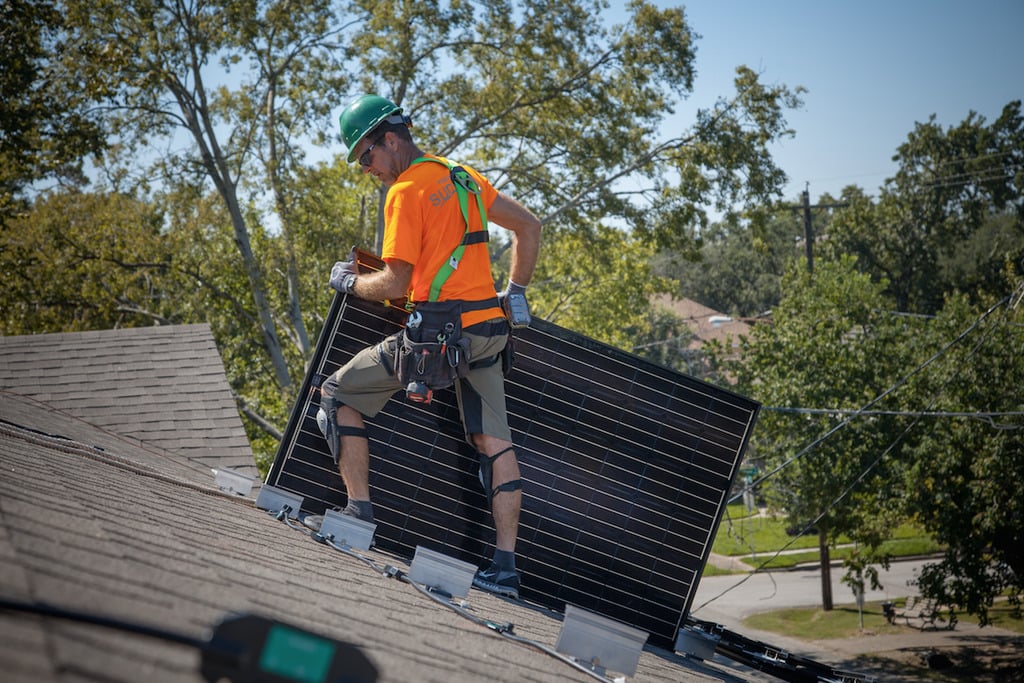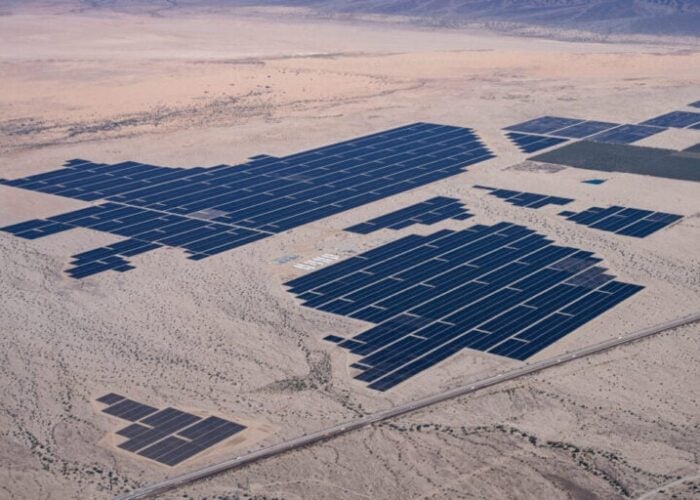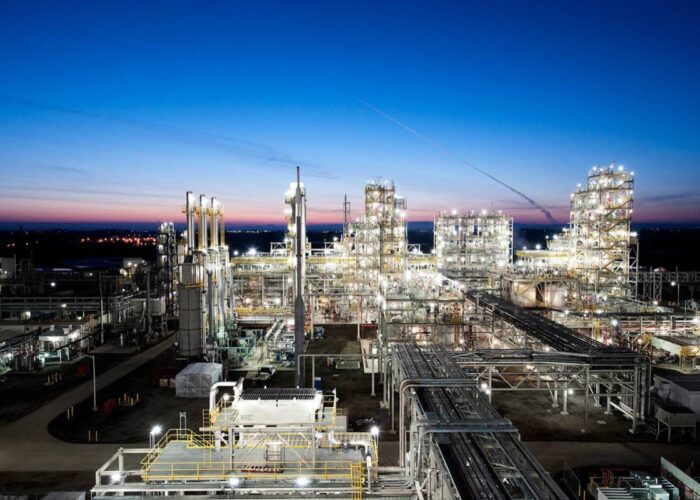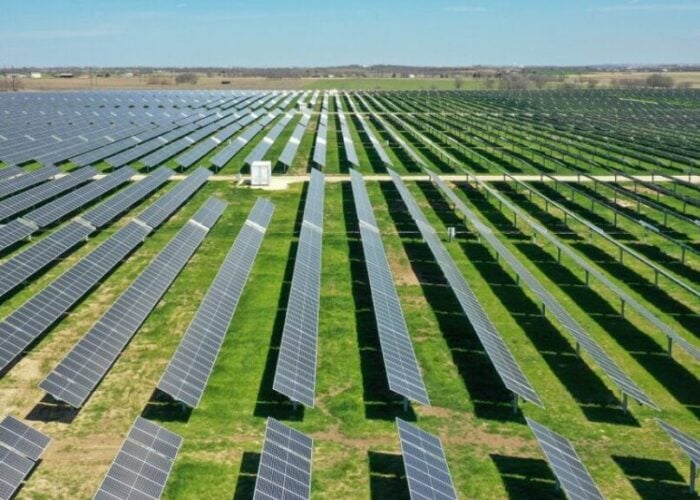
The US residential solar sector is set to break installation records this year as clean energy development proves resilient to disruptions caused by COVID-19.
That is according to a new report from BloombergNEF (BNEF), which predicts 3GW of residential solar PV capacity additions this year, up from last year’s record of 2.8GW.
Unlock unlimited access for 12 whole months of distinctive global analysis
Photovoltaics International is now included.
- Regular insight and analysis of the industry’s biggest developments
- In-depth interviews with the industry’s leading figures
- Unlimited digital access to the PV Tech Power journal catalogue
- Unlimited digital access to the Photovoltaics International journal catalogue
- Access to more than 1,000 technical papers
- Discounts on Solar Media’s portfolio of events, in-person and virtual
With the utility-scale solar sector set for its best year since 2016 – and capacity additions set to soar in 2021 – the analysis says renewable energy has “largely avoided the full brunt of the pandemic”.
While the renewables industry was hit by widespread job losses and demand for residential PV was down in Q2 as shelter-in-place measures came into effect, BNEF notes that as soon as consumers adapted to the new reality, interest in home solar quickly returned to pre-pandemic levels.
A transition to digital sales during lockdown is said to have enabled solar companies to reach new customers and improve sales productivity, with BNEF expecting 5% year-on-year growth for residential PV 2020, and 22% in 2021.
The positive figures echo comments made by panellists in a recent webinar hosted by Roth Capital, where it was suggested that sales growth in Q3 may give the residential solar sector momentum to avoid the slowdown often noted at the end of the year.
Record 2021 forecast for utility-scale solar
With US utility-scale PV capacity additions set to jump from 7.3GW last year to 10GW in 2020, BNEF notes that the sector shows little of the previously expected pandemic impact. Additions are set to break records next year, with the market driven by a solar boom in Texas.
However, the research organisation raised concerns that areas poised to see the most utility-scale growth are susceptible to weather events such as hurricanes and flooding. Meanwhile, tax equity is said to be in short supply as solar developers find themselves competing with wind to secure funds.
With the sector hit by uncertainty surrounding profitability, available capital and remote working, the US commercial and industrial (C&I) behind-the-meter solar segment will post a 16% decline in new capacity additions this year, the BNEF report predicts.
It is expected C&I solar projects have been delayed rather than cancelled, with capacity additions set to increase in 2022 as the US economy recovers.
Looking to the upcoming presidential election, the BNEF report says that while the renewable energy industry “will undoubtedly benefit” from a win for the Democrats, a Republican victory “would not be a disaster”, pointing to the fact that key Republicans were among the architects of recent tax credit deadline extensions.







